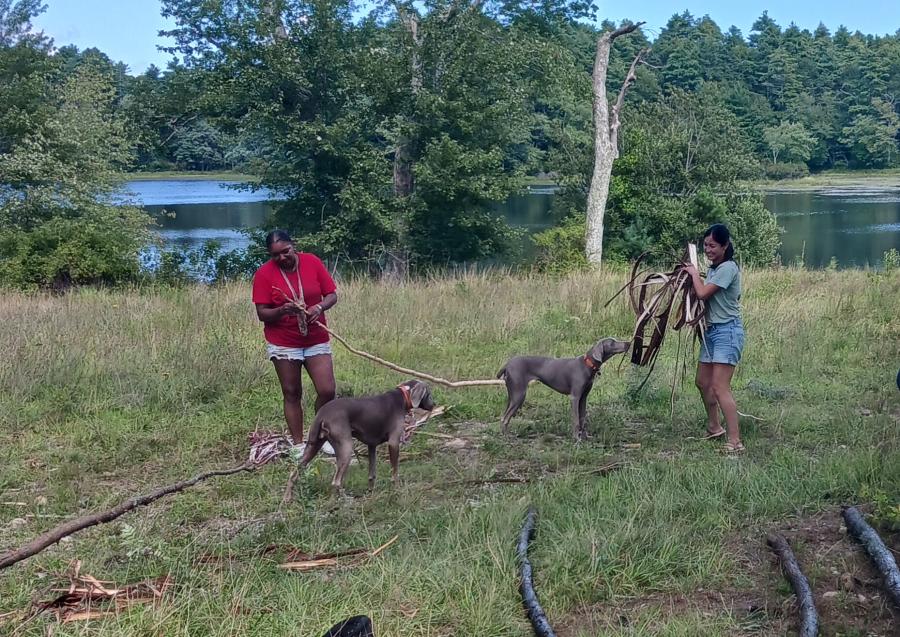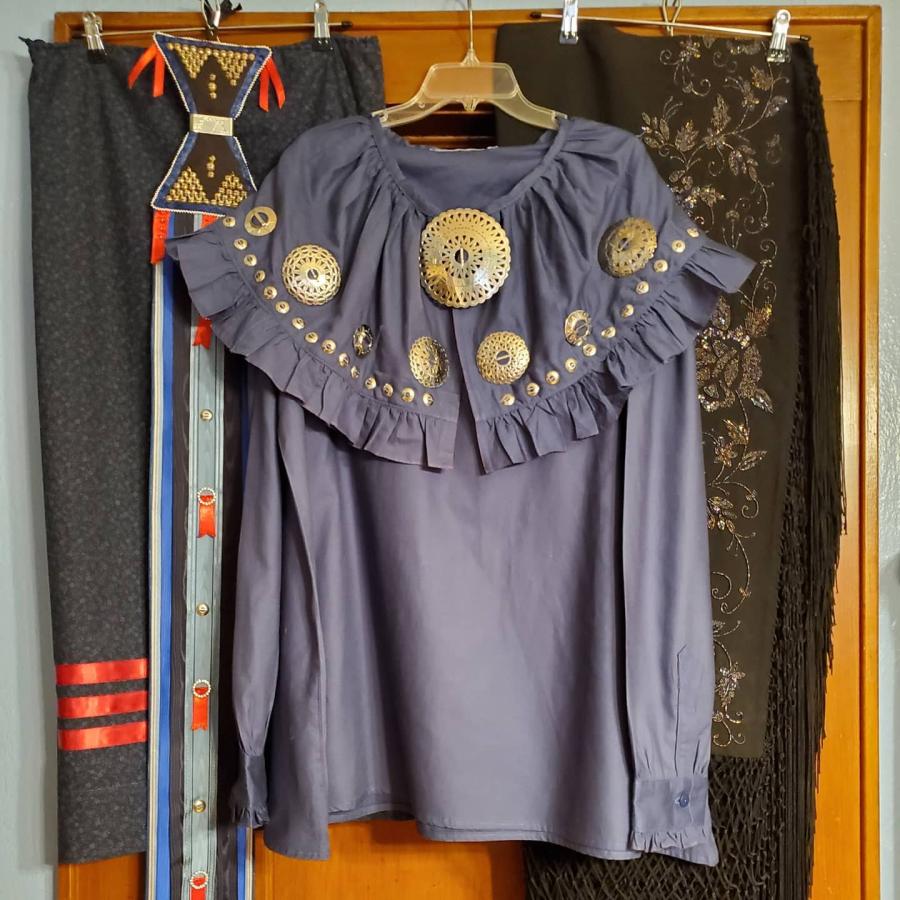
By Hannah Ellman
Thirty-five years ago, The Indian Child Welfare Act (ICWA) was enacted. Its purpose was to acknowledge the devastation brought upon Native communities by systematic removal of Native children from their homes and to avoid similar future occurrences. Since 1978, the Act has helped to prevent these damaging colonial projects from taking shape. Until this year, only one case involving the ICWA has reached U.S. Supreme Court. In January 2013, the U.S. Supreme Courts decided to hear “Adoptive Couple v. Baby Girl,” another case contesting the implications of the ICWA. Four months later, on June 25th, 2013, the U.S. Supreme Court rulings on this case undermined some of the key tenants of the ICWA, sparking resistance from Native people across the country. The case is undeniably complex and nuanced, with many aspects characterized by grey areas; it began before the birth of “Baby Girl” Veronica.
Christy Maldonado gave birth to Veronica in September 2009. While she and the birth father, Dusten Brown, a member of the Cherokee nation, had a relationship during the first months of her pregnancy, that relationship soon ended. In a letter to The Washington Post, Maldonado writes that Brown surrendered his parental rights via text message, and that by the time she reached her third trimester, the two were no longer speaking.
Enter Matt and Melanie Capobianco. After offering their financial and personal support to Maldonado during the pregnancy, the couple from South Carolina initiated legal processes to adopt Veronica. Brown claims that his first notice of Veronica’s pending adoption to the Capobiancos occurred when paperwork arrived that required his signature. At this point, Veronica was four months old.
Upon realizing that Veronica was to be adopted, Brown endeavored to stop the process through the ICWA by claiming custodial rights. For the next year, however, Brown was out of the country, serving the U.S. military in Iraq. After his return, the adoption contestation continued; Charleston County Family Court heard his case in September 2011. A month later, the court ruled that Veronica (now two years old) would be returned to her birth father, as under the ICWA his rights had not been terminated. Veronica was moved from the Capobianco residence in South Carolina to the Brown residence in Oklahoma on December 31, 2011. Chief Justice Jean H. Toal affirmed the Family Court’s ruling when she delivered South Carolina Supreme Court’s 3-2 decision Veronica lived with her father for the next 19 months.
The South Carolina Supreme Court denied the Capobiancos’ plea to rehear the case. With the support of Maldonado and her lawyer, the couple petitioned the Federal Supreme Court; in January of 2013, they agreed to hear the case. The case hearing occurred four months later, and on June 25, 2013, the U.S. Supreme Court issued a 5-4 decision to return Veronica to the Capobiancos, sending the case back to Family Court to determine the best placement for Veronica.
In July of 2013, Brown and his wife, Robin, filed for custody, adoption, and guardianship of Veronica in Oklahoma, and Brown’s parents filed a motion with the District court of the Cherokee Nation as a certified adoptive placement preference of their granddaughter. Days later, the Capobiancos filed a motion with the South Carolina Supreme Court, asking them to terminate Brown’s rights and grant them the right to begin a “transition plan” to move Veronica from Oklahoma to South Carolina. On July 17th and July 24th, South Carolina Supreme Court ordered the Charleston County Family Court to finalize the adoption of Veronica by the Capobiancos. The ruling prevented the possibility for the customary hearing to decide which placement is in Veronica’s best interest, thereby denying the Browns an opportunity to argue for custody in court.
Statements from Maldonado, the Capobiancos, and their lawyers, emphasize that they want what is best for Veronica, and that they are thrilled that she will be returning “home.” Brown and his lawyers, on the other hand, asked for a reconsideration of the court’s ruling, based on what they believe to be Veronica’s best interest; “whatever factors went into that decision almost two years ago are obviously much, much stronger today, after she’s been with her dad almost 19 months,” highlights Chrissi Nimmo, Assistant Attorney General for the Cherokee Nation, in an interview with News On 6: Oklahoma’s Own. The request was denied by the South Carolina Supreme Courts who declared, “There is absolutely no need to compound any suffering that Baby Girl may experience through continued litigation. As it stands, Adoptive Couple is the only party who has a petition pending for the adoption of Baby Girl, and thus, theirs is the only application that should be considered at this stage.”
The family court hearing, regarding the logistics of Veronica’s transition from Oklahoma to South Carolina took place on July 31, and was accompanied by a reminder of the size of Brown’s support system. On the same day, the Native American Rights Fund, in cooperation with an alliance of children’s and civil rights groups, adoption advocacy groups, tribal governments, Native American advocacy groups, and other organizations, filed a federal civil rights lawsuit on behalf of Veronica. The lawsuit stated that the refusal to have a best interest hearing for Veronica was a violation of her civil rights. The list of supporters for this complaint is extensive.
In the midst of the court rulings and the hundreds of articles speculating on the case, a fundamental question arises: why is this adoption case receiving so much public attention? This central question is deeply connected to another, which has attracted significant attention from the Native American Rights Fund, the National Congress of American Indians, and the Cherokee Nation as well as other Native Nations across the country: what are the implications of this case for future custody cases concerning Native children in the United States?
In an interview with Indian Country Today, an unnamed Native legal scholar in Washington D.C. states, “This is Indian country’s Trayvon Martin moment; we cannot pass on this. The message is clear: They are continuing to take our land, they’re taking our children, they’re taking our identity and now the courts have endorsed this whole pattern of white settler mentality.” This statement speaks to the long and complicated history that has shaped this case and will continue to shape the discourses surrounding the rulings.
To better understand the investment that many Native nations have in the implications of this case, one must take a closer look at the Indian Child Welfare Act. The National Indian Child Welfare Association states that the ICWA is a federal law whose aim is to “protect the best interest of Indian children and to promote the stability and security of Indian tribes and families” (25 U.S.C §1902). As Ben Shelly, President of the Navajo Nation in Window Rock, Arizona writes in The Washington Post, “the law has faced critics since its passage in 1978. But understanding why it was implemented also helps us explain why its remains necessary.”
The ICWA was officially created in response to the vast number of Native children removed from their homes by both public and private agendas. In the 1970s, over one third of Native children were removed and sent to non-Indian foster families, boarding schools, or religious programs; many of these children experienced emotional, psychological, and physical trauma. The removal and placement was accompanied by a sense of shame that was equated with ‘Indianness,’ and functioned as part of a federal effort to eliminate the “Native” in “Native American.”
For these reasons, while this case is only three years old and Veronica herself only slightly older, its relevance extends deep into a history of cultural genocide perpetrated against Native peoples and, specifically, against Native children. The Cherokee Nation and the National Congress of American Indians have released statements regarding not only the significance of the case in terms of its effect on Baby Veronica herself, but also in terms of its implications regarding the ICWA. As the NCAI emphasizes, “we are witnessing the final steps in a forced removal of a Native child from her father, her family, and her Native community.”
Two fundamental issues are raised by this case, the first concerning the life of this one Cherokee child, and the second concerning the connotations of the ruling itself. First, as illuminated by the pending ruling on the federal civil rights lawsuit regarding the ignoring of Veronica’s rights, and articulated by Emily Bazelon in her Slate Magazine article, “It [the case] is infuriatingly, obtusely uninterested in the best interest of 3 ½ year old Veronica, the girl whose life has been a tug of war between her would-be adoptive parents and her Cherokee birth father.” Up until this very moment, nearly four years after the start of this back-and-forth case, Veronica has been forced to the background of the case that should have been centered solely on her wellbeing.
And second, in terms of the broader implications of this case, the decision to terminate Brown’s parental rights calls to mind a familiar and terrifying trope. While perhaps more complicated in nature, Veronica’s removal reflects a long and ignored history of termination, relocation, and assimilation policies affecting Native peoples in the United States. The final decisions on the case seem to beg the question: might this singular ruling be a foot in the door in terms of future amendments to crucial and sometimes life-saving policies concerning the future of Native peoples in the U.S.? Just how many steps away is this court-sanctioned removal of one Native child from the federally supported removal programs of thousands of Native children in the mid-20th century? Only time will tell, but if this case serves as a precedent, we should be gravely concerned and remain vigilant about the future.



